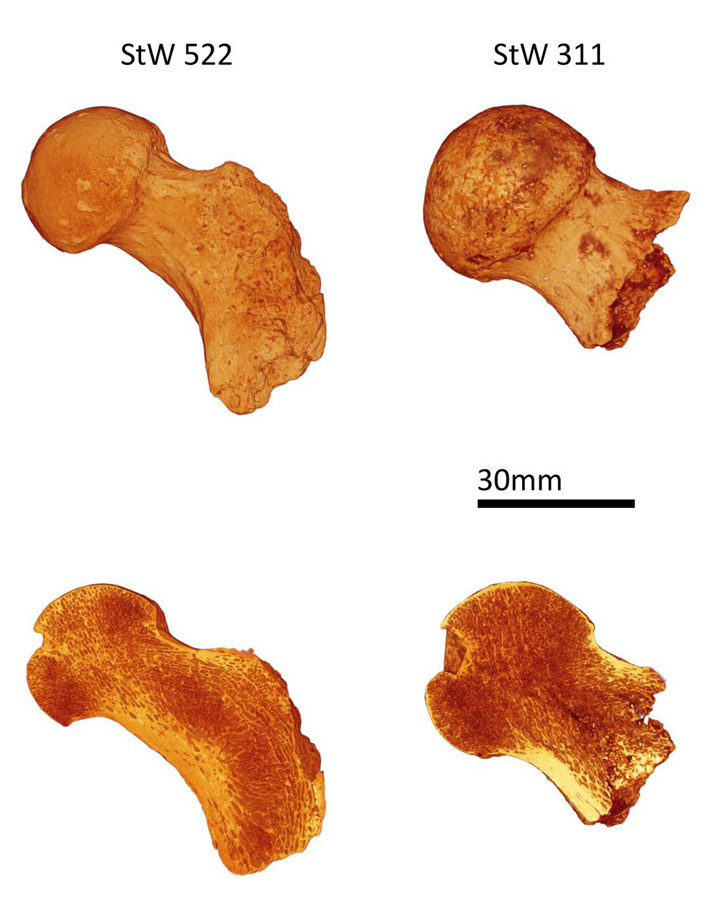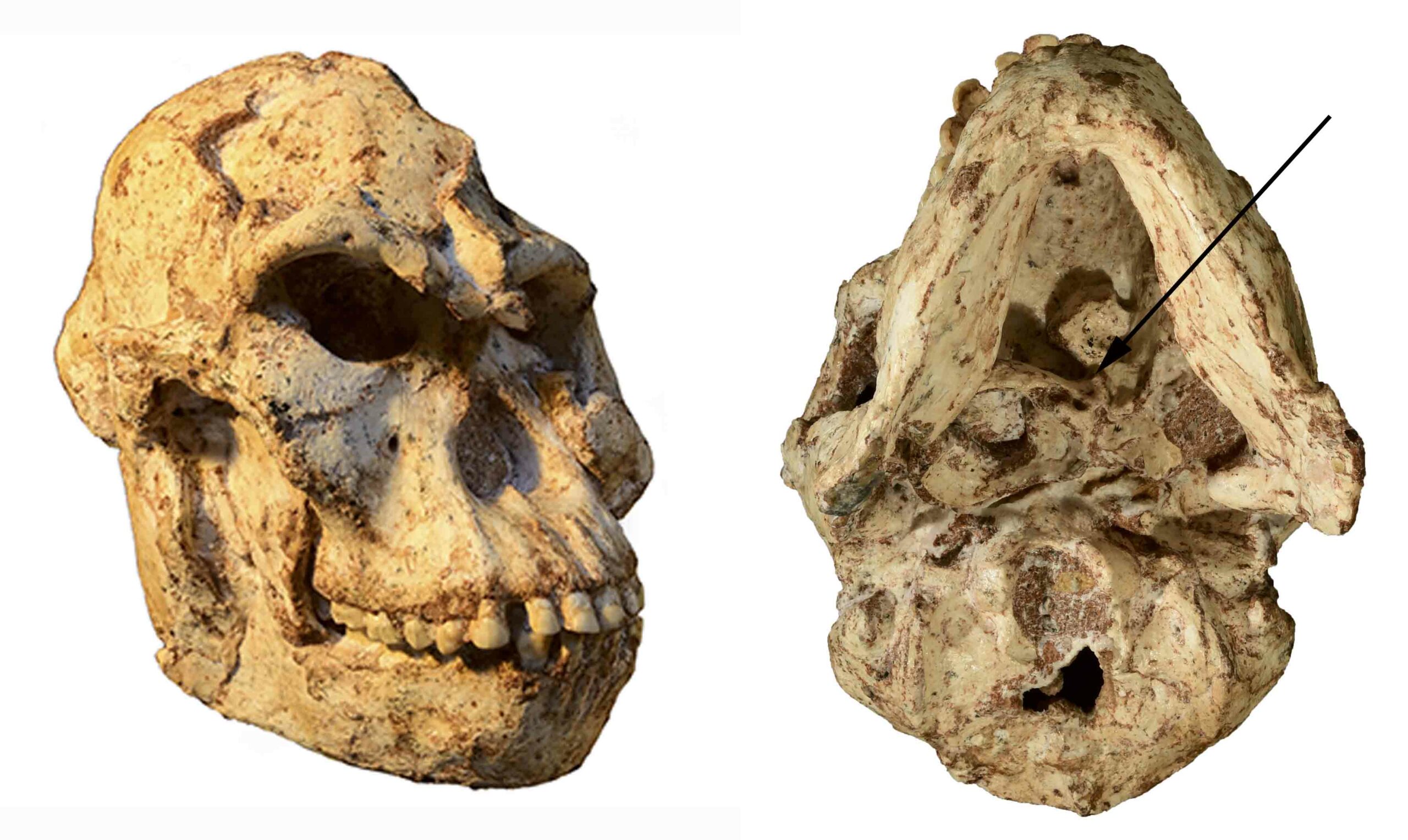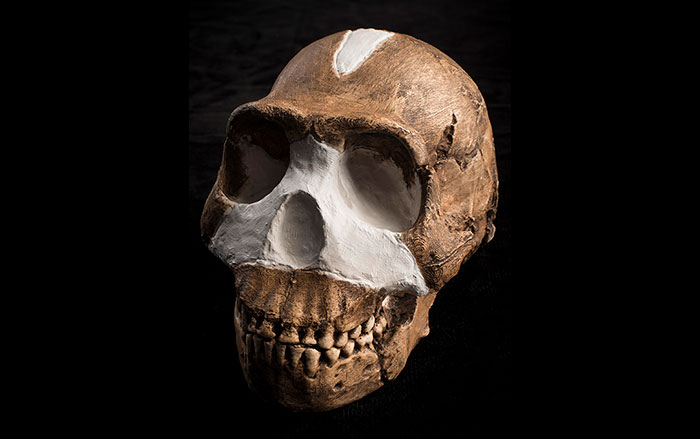
KENT, ENGLAND—A new study of the internal structure of two fossil leg bones from South Africa’s Sterkfontein Cave suggests that either Paranthropus robustus or an early member of the genus Homo continued to climb trees while walking upright some two million years ago, according to a BBC Science Focus report. Leoni Georgiou, Matthew Skinner, and Tracy Kivell of the University of Kent and their colleagues said that the leg bones resembled those of modern humans until they examined their internal structure with computed tomography scans. Internal bone structure, the researchers explained, changes based upon how individuals use their limbs. The scans revealed that the inside of the spherical femur head showed that the hominins regularly adopted highly flexed hip joint postures like the ones used by tree-climbing apes. Read the original scholarly article about this research in PNAS. To read more about bipedalism among early hominins, go to "The Human Mosaic."











